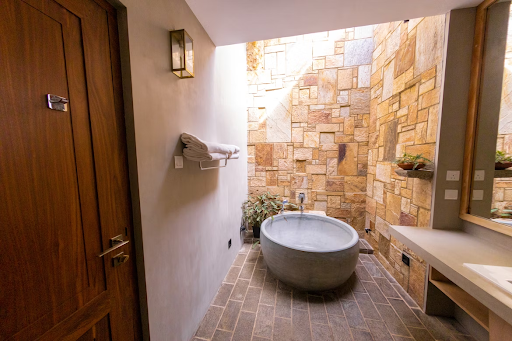When it comes to designing a functional and beautiful space, choosing the right materials for countertops and surfaces is crucial. Two popular options, solid surface and laminate, often compete for attention.
Durability
Solid Surface: A strong and resilient material, solid surface countertops are non-porous, making them resistant to stains, bacteria, and scratches. They are designed to withstand everyday wear and tear with minimal maintenance.
Laminate: Although laminate is less durable than solid surface, today’s high-quality laminate offers good resistance against stains and scratches. However, it may be more prone to chipping and delamination over time.
Appearance
Solid Surface: With a wide range of colors, patterns, and finishes to choose from, solid surface countertops offer a seamless look since the edges can be sanded and polished. This versatility allows for unique designs that can mimic the look of natural stone or offer a sleek modern aesthetic.
Laminate: While laminate surfaces can also provide a variety of colors and patterns, the visible seams and the plastic-like appearance can sometimes detract from its appeal. However, laminate can be a cost-effective option to achieve specific design effects.
Maintenance and Cleanliness
Solid Surface: Solid surface countertops are easy to clean and maintain. With their non-porous nature, they do not require sealing and can be easily wiped down with soap and water. In case of any damage or scratches, they can be easily repaired by sanding or buffing.
Laminate: Laminate is relatively low maintenance and can be cleaned with mild soap and water. However, it is more susceptible to staining, especially if not promptly cleaned. Additionally, if the laminate gets damaged, it is challenging to repair and may require replacement.
Edge Banding
Solid Surface: One of the advantages of solid surface countertops is their ability to have seamless edge banding. This feature allows for a clean and finished look, eliminating visible seams or edges.
Laminate: Laminate countertops usually have visible edges since the material cannot be seamlessly bonded. This can sometimes result in a less polished appearance, making it necessary to incorporate edge banding as a finishing touch.
Cost
Solid Surface: Solid surface countertops tend to be more expensive than laminate due to their durability, versatility, and high-quality appearance. However, their long lifespan and minimal maintenance requirements can make them a worthwhile investment in the long run.
Laminate: As a more budget-friendly option, laminate countertops offer a cost-effective solution for those seeking an attractive appearance at a lower price point. While it may not last as long as a solid surface, laminate can still provide a satisfactory performance for several years.
Conclusion
In the solid surface vs. laminate comparison, both materials have their own set of advantages and disadvantages. Solid surface supply countertops offer superior durability, a seamless and appealing appearance, as well as easy maintenance. On the other hand, laminate countertops provide a budget-friendly alternative with a wide range of design options. Ultimately, the choice between solid surface and laminate will depend on your specific needs, preferences, and budget. Consider consulting with professionals in the industry to ensure the best decision for your project’s requirements.
